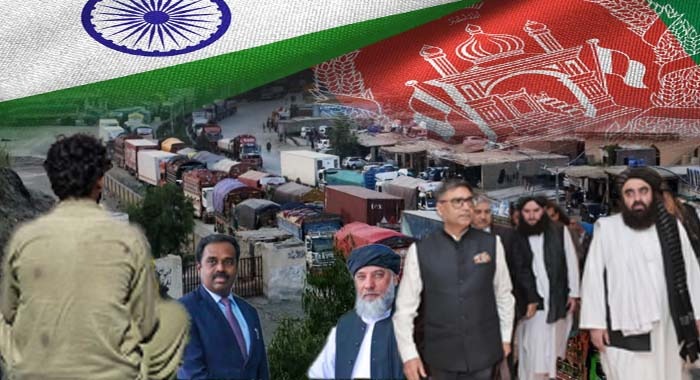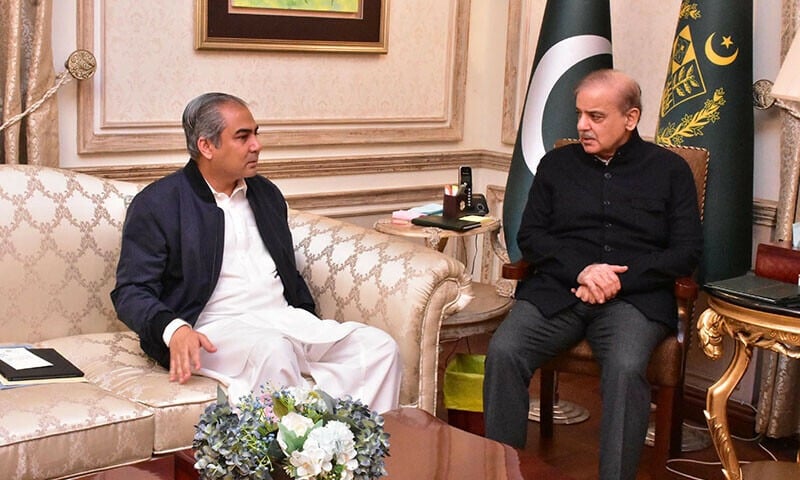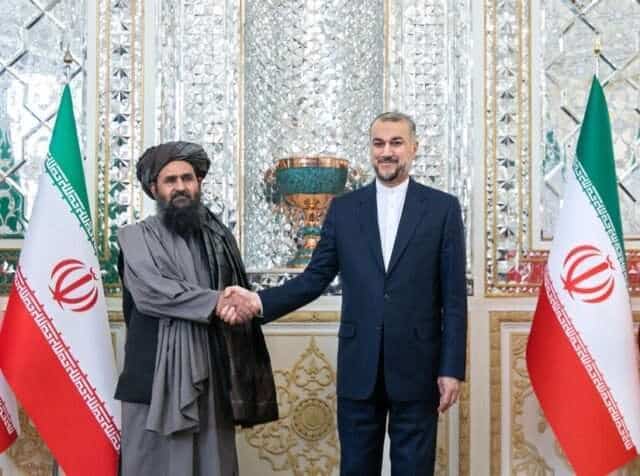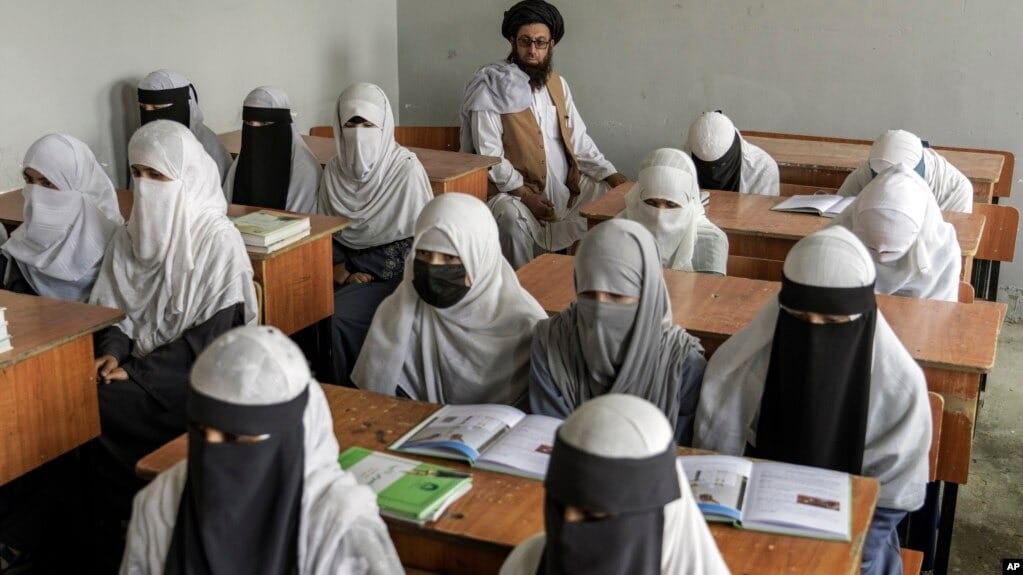Muhammad Haseenullah
After aligning with India on initiatives to restrict water flow into Pakistan through dams on the Kunar River, the Taliban’s fresh attempts to pivot Afghanistan’s trade toward India and Iran reveal a politically driven agenda that is ambitious to the point of being almost impossible. Industry and Commerce Minister Nooruddin Azizi’s visit to New Delhi is not merely a routine diplomatic engagement; it is part of a pattern that signals Kabul’s intent to bypass Pakistan’s ports, challenge Islamabad’s strategic position, and demonstrate alignment with India. Analysts and regional observers caution that the plan is economically impractical, logistically fraught, and strategically hazardous, highlighting the regime’s prioritisation of political objectives over practical governance.
From an economic perspective, the challenges are immediate and significant. Chabahar Port in Iran, touted as the centrepiece of Afghanistan’s new trade corridor, remains constrained by international sanctions. Shipping through Chabahar and Bandar Abbas is estimated to cost roughly 20 percent more than using Pakistani ports like Karachi, not including additional expenses for insurance, security, and regulatory compliance. Even with measures such as Ariana Afghan Airlines’ discounted cargo rates to Delhi—where export cargo is set at $1 per kilogram and imports at $0.80—the financial viability of this route remains doubtful. Legal and operational uncertainties surrounding sanctioned Iranian infrastructure further undermine the Taliban’s plan, rendering it largely symbolic rather than a workable alternative.
Politically, the move underscores the emergence of a distinct Indo–Taliban nexus. By actively seeking India’s investment and operational cooperation while shutting off trade with Pakistan, the Taliban are signalling a strategic alignment designed to weaken Islamabad’s influence. Border closures, trade diversions, and port substitutions all point to a calculated effort to use trade not as an economic tool but as an instrument of political leverage. Analysts view this as part of a broader pattern in which the Taliban, in partnership with like-minded forces in India, priorities political advantage over economic logic.
The security and strategic implications extend well beyond economics. Both India and Afghanistan are currently governed, or heavily influenced, by ideologically rigid and extremist-leaning forces. This alignment raises the risk of destabilising the broader region. The Taliban’s initiatives, intertwined with India’s strategic ambitions, create a volatile geopolitical environment that could escalate tensions, undermine Pakistan’s national interests, and complicate broader regional stability. Coupled with the water restriction projects targeting Pakistan, the emerging Indo–Taliban nexus demonstrates a willingness to leverage natural resources and economic channels simultaneously as political tools.
Even recent trade statistics underscore the tension between perception and reality. Afghanistan’s trade with Iran has reportedly exceeded $1.6 billion in the past six months, surpassing trade with Pakistan. Yet this growth is concentrated in high-cost, logistically challenging corridors, and cannot compensate for the disruption of established trade routes or offset the operational risks posed by sanctions and infrastructure limitations. In other words, the Taliban’s pursuit of alternative corridors is less about sustainable economic growth and more about sending a political message—an attempt to showcase alignment with India and signal defiance toward Pakistan.
The broader lesson is stark. The Taliban’s “economic diplomacy” tends to turn trade into a political weapon rather than a tool for national development. The regime is willing to incur high costs, navigate operational hazards, and strain diplomatic channels for the sake of strategic signalling. Analysts caution that such policies, coupled with extremist-led governance in both countries, not only threaten Pakistan’s interests but also contribute to growing instability in South Asia, making peace and sustainable economic cooperation increasingly unattainable.
In conclusion, Afghanistan’s trade pivot highlights the tension between ambition and reality. The Indo–Taliban nexus demonstrates the lengths to which the Taliban are willing to go for political leverage—even pursuing almost impossible trade and water strategies—while economic, logistical, and legal constraints make these plans unlikely to succeed. For policymakers and analysts, the key takeaway is clear: these are not isolated economic decisions but politically charged manners with far-reaching consequences for Pakistan, the region, and the international community.





